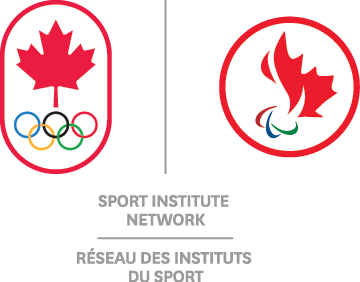Energy Availability & RED-S
Understanding yourself as an athlete includes understanding not only your nutrient needs, but also your energy requirements for each training load you have. When, what, and where you eat does matter. Even if you are choosing balanced and healthy options more often, you may not be meeting your energy requirements necessary for a particular training block or at important times in your day.
Beyond that, it is important to have enough dietary energy to fuel training while also supporting the essential functions of the human body, this is a measurement of energy availability (EA). Athletes must manage their energy requirements to support both health and performance. A low EA (indicating that an athlete may not be meeting their energy requirements) can lead to poor physical and mental health, while also negatively affecting athletic performance. Low EA is connected to RED-S, or Relative Energy Deficiency in Sport, the name for a syndrome where athletes do not get enough fuel to support both health and performance.
RED-S: Potential Performance Effects
- Decreased endurance
- Increased injury risk
- Decreased training response
- Impaired judgement
- Decreased coordination
- Decreased concentration
- Irritability
- Depression
- Decreased glycogen
- Decreased muscle strength
RED-S: Potential Health Effects
- Immunological
- Menstrual function
- Bone health
- Endocrine
- Metabolic
- Hematological
- Growth & development
- Psychological
- Cardiovascular
- Gastrointestinal
PDF: What You Should Know (pdf) is a COPSIN infographic that summarizes low EA.
PDF: Energy Availability Fact Sheet (pdf) has more information on energy availability, including a self-assessment tool and 5 tips for managing energy availability. Note: If you are concerned about your energy requirements, talk to a sport dietitian, doctor, or another trusted individual.
PDF: Self Assessment (pdf) is the tool included in the Fact Sheet above, if you don’t need the information and just wish to self assess.


